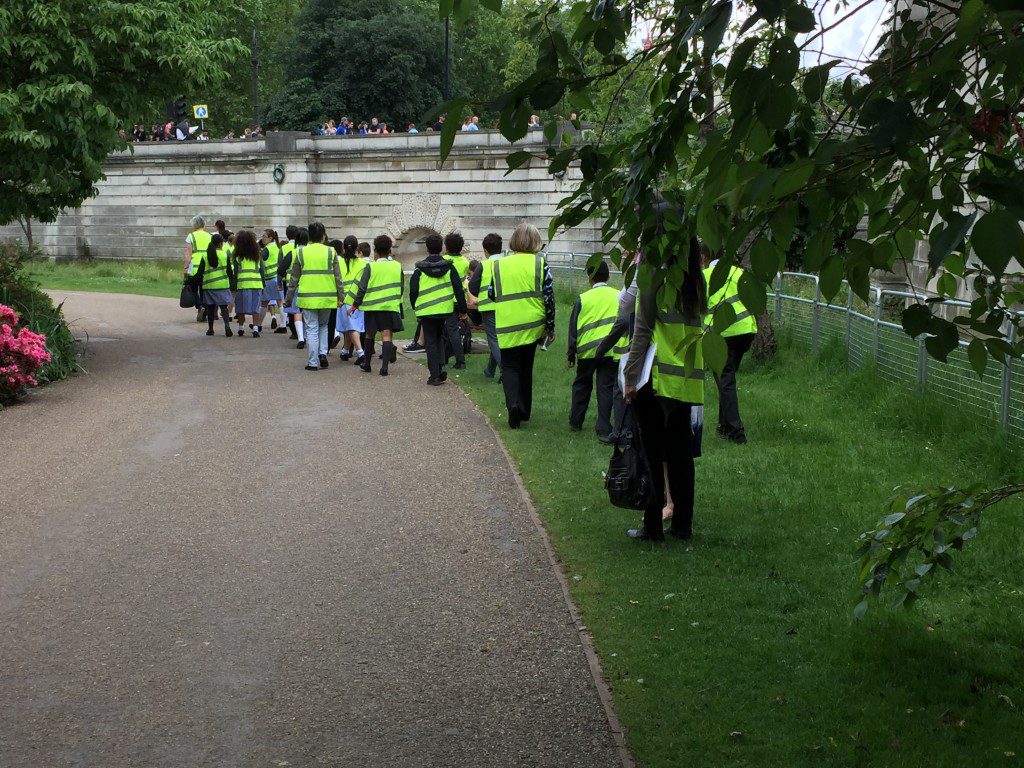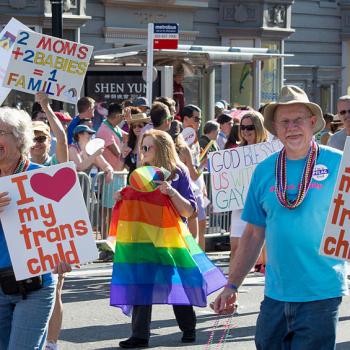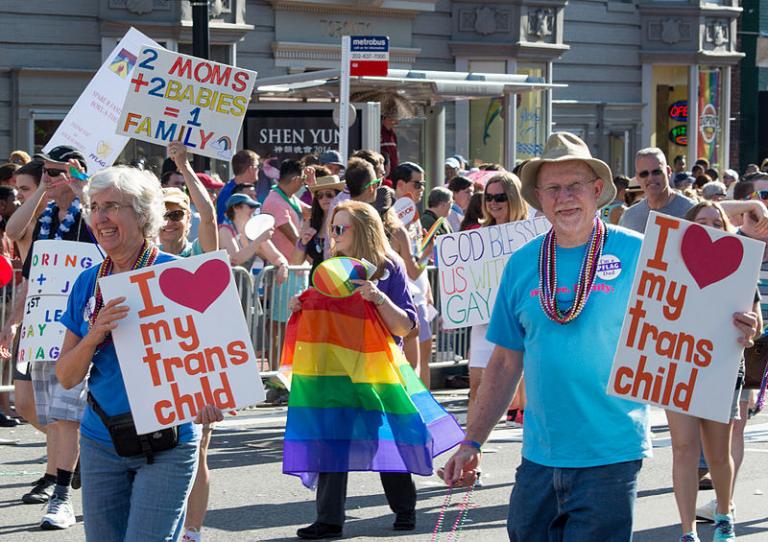
The above picture is from our trip to London last summer, where it seemed like, at every tourist venue we visited, there were gaggles of schoolchildren on field trips. This group in particular was near Buckingham Palace.
What surprised me about all these groups was not that they had uniforms, but that the uniforms were not, well, uniform — the boys wore mini-suits, and the girls wore light cotton dresses, which seemed, well, hardly appropriate for the chilly weather, though, to be sure, at least one girl seems to have chosen a suit-like skirt option. (I also wondered what the thermostat settings in their classrooms were — relatively cooler, to accommodate the warmly-dressed boys? Or warmer, for the lightly-dressed girls?)
Now, to be sure, boys and girls at Catholic schools generally have different uniforms: here, the boys wear light blue shirts and navy pants or shorts, and girls have the option of either a traditional plaid skirt and a navy or white shirt, or navy shorts or pants plus a white shirt. And, interestingly, the girls tend to choose to wear the traditional plaid — at least, I have the understanding that it’s the girls making this choice rather than their parents, though I could understand why the parents might favor the skirt, as that’s, near as I can tell, well-nigh indestructible, made of polyester, and lasts for a couple years by adjusting the waist, vs. pants that get holes at the knees and become too short with a growth spurt. (That is, many of the same reasons that historically boys wore shorts year-round rather than long pants.)
But all that is context for an article in The Guardian today, which reports that a school in New Zealand is making its uniforms “gender-neutral,” and which links to a report from last year on schools in the UK, 80 of which have done the same thing.
“This year we’ve gone from a girls’ uniform and a boys’ uniform to a skirt uniform and a trousers uniform,” explains Liana Richards, deputy head teacher at Uplands Community College, a state secondary in East Sussex. “It’s about recognising the rights of students who feel they might not fit into the binary genders. It’s less of a big deal to the students than you might think. We haven’t seen that much difference yet, although some girls have made the conscious decision to wear the trousers uniform, which has to be worn with a tie.”
The move is part of a government-funded drive to support LGBT+ children in schools and be more open to children questioning their gender or sexual identity. . . .
“We still have more trouser-wearing across the board than boys wearing skirts. But that’s about what’s seen as acceptable in society and you know what? We need to work on that, too.”
So, in other words, what could be a simple change to provide more comfortable uniform choices is made into a political/social justice action, in which girls aren’t given the option to wear a traditionally-boys uniform for its greater comfort, but for gender identity reasons, and in which the whole project isn’t working quite right unless some boys are willing to wear dresses as well.
Image: own photograph











